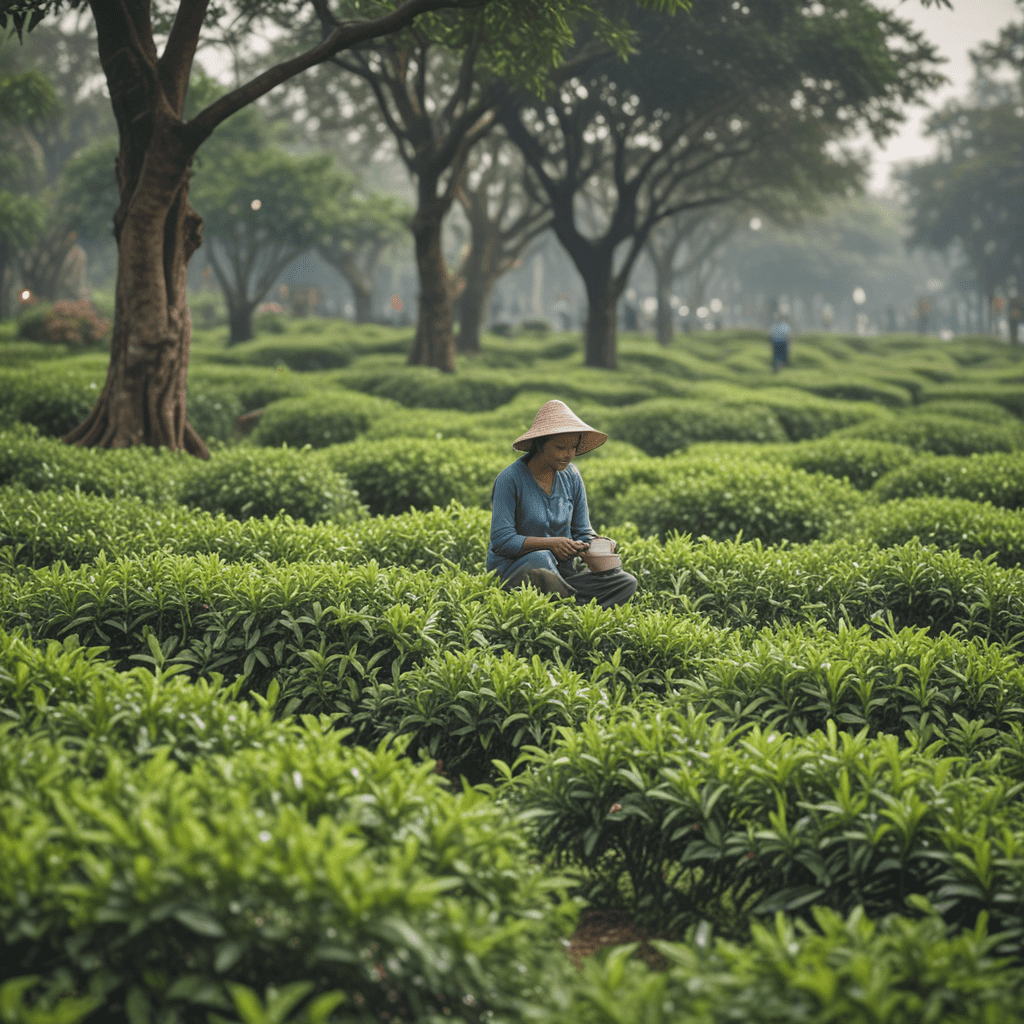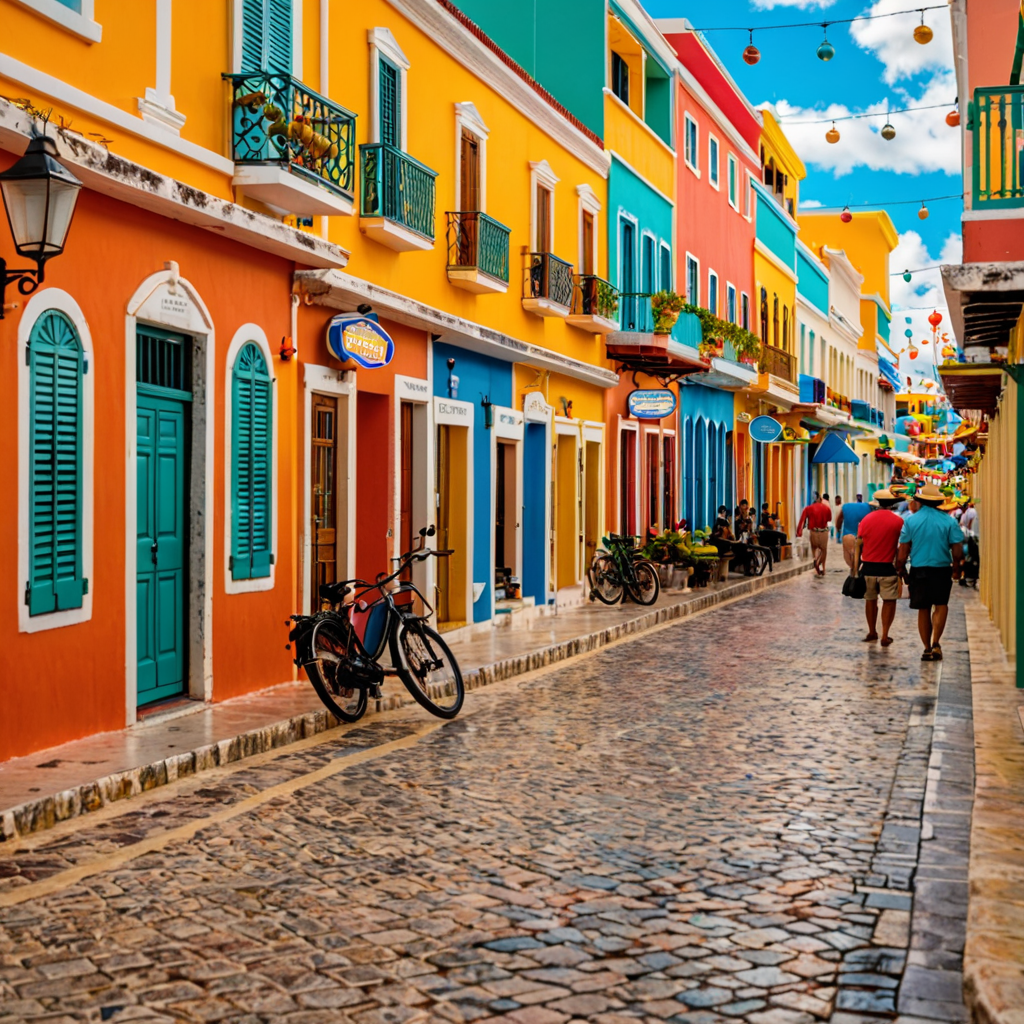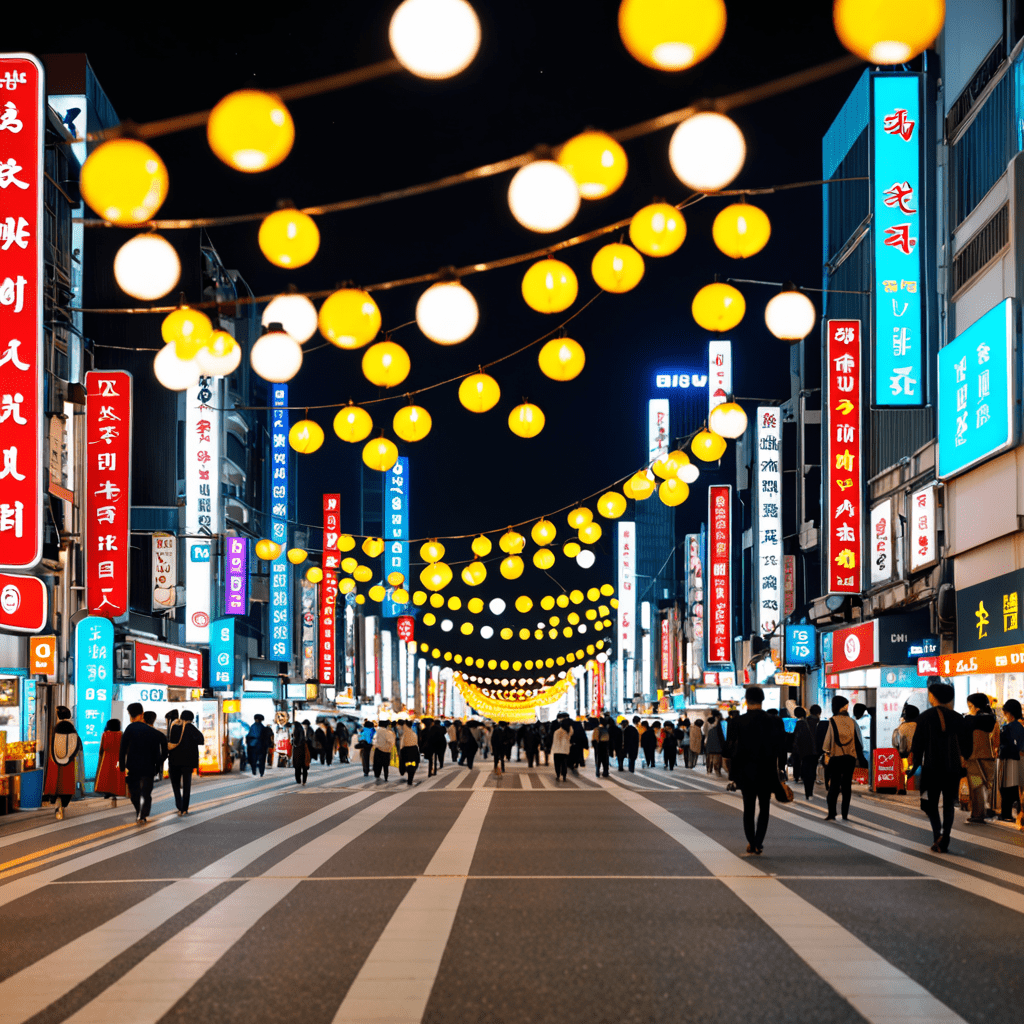
Exploring the Tea Gardens of Bangladesh
Nestled amidst the verdant landscapes of Bangladesh, tea gardens unfurl as an enchanting canvas of aromatic delights. Journey to Sylhet, the birthplace of Bangladesh's tea legacy, where rolling hills and misty valleys cradle an abundance of tea estates.
The Heart of Bangladesh: Sylhet
Sylhet, a captivating region in northeastern Bangladesh, is renowned as the cradle of the country's tea industry. The region's fertile soil, abundant rainfall, and year-round warm climate provide the ideal conditions for flourishing tea cultivation. As a major tea-producing hub, Sylhet has played a pivotal role in shaping the socio-economic landscape of Bangladesh.
The Legacy of British Rule
The introduction of tea cultivation in Bangladesh dates back to the era of British rule in the mid-19th century. Recognizing the favorable growing conditions in Sylhet, the British established experimental tea gardens in the region, marking the inception of a thriving industry that would forever transform Bangladesh's agricultural landscape.
The Largest Tea Plantation in the World: Srimangal
Immerse yourself in the vast expanse of Srimangal, a verdant wonderland nestled within the Sylhet region. This sprawling tea estate holds the distinction of being the world's largest tea plantation, encompassing an astonishing 78 square kilometers of verdant tea bushes. Witness the meticulous care and intricate processes involved in tea cultivation as you wander through this sprawling landscape, where nature's bounty unfolds in its full splendor.
The Lush Green Canopy of Sreemangal
Venture deeper into the lush embrace of Sreemangal, a mesmerizing tea garden renowned for its exceptional quality and unique flavors. The air hangs heavy with the invigorating aroma of freshly plucked tea leaves, carried by a gentle breeze that rustles through the abundant foliage. Allow your senses to be enveloped by the vibrant greenery and tranquil ambiance that define this idyllic retreat.
VI. The Intricate Process of Tea Cultivation
Tea cultivation is an intricate art that demands meticulous attention to detail. From planting to harvesting, each stage plays a crucial role in determining the quality and flavor of the final product. Witness the skilled hands of tea pluckers as they carefully select only the most tender leaves, known as two leaves and a bud. These precious leaves are then processed through a series of steps, including withering, rolling, oxidation, and drying, each contributing to the unique characteristics of the finished tea.
VII. Tea Gardens as a Sanctuary for Wildlife
Beyond their economic significance, tea gardens also serve as vital habitats for a diverse array of wildlife. The dense foliage and abundant vegetation provide shelter and sustenance for numerous bird species, butterflies, reptiles, and mammals. Engage in birdwatching amidst the tranquil surroundings, where the melodic songs of birds fill the air. Discover the intricate webs woven by spiders and marvel at the vibrant colors of butterflies flitting through the canopy.
VIII. Economic and Social Impact of Tea Gardens
The tea industry has played a transformative role in the economic and social fabric of Bangladesh. It provides employment opportunities for countless individuals, directly and indirectly, contributing significantly to the country's GDP. The tea gardens have also fostered a unique community spirit among workers, who often share common traditions, cultural practices, and a sense of belonging.
IX. Sustainable Tea Production
In recent years, the tea industry in Bangladesh has embraced sustainable practices to minimize environmental impact and preserve the delicate balance of the ecosystem. Many tea gardens have adopted organic farming techniques, reducing the use of chemical fertilizers and pesticides. They also implement responsible water management systems to conserve this precious resource.
X. Experiencing the Tea Gardens: A Journey of Flavors and Culture
Immerse yourself in the captivating world of the tea gardens, embarking on a journey that tantalizes the senses and enriches the soul. Visit local tea factories and witness the transformation of freshly plucked leaves into aromatic blends. Engage with the friendly tea garden workers and learn about their lives, traditions, and the art of tea making. Partake in tea-tasting sessions, savoring the diverse flavors and aromas of the finest teas Bangladesh has to offer.
FAQs
What is the best time to visit the tea gardens of Bangladesh?
The tea gardens are accessible year-round, but the ideal time to visit is during the monsoon season (June to September) when the landscape is at its most vibrant.
Can I stay overnight in the tea gardens?
Some tea gardens offer guesthouses or homestays for visitors who wish to experience the tranquil ambiance and immerse themselves in the local culture.
Are there any guided tours of the tea gardens?
Yes, many tea gardens offer guided tours that provide an in-depth look into the tea cultivation process, the history of the industry, and the local community.


